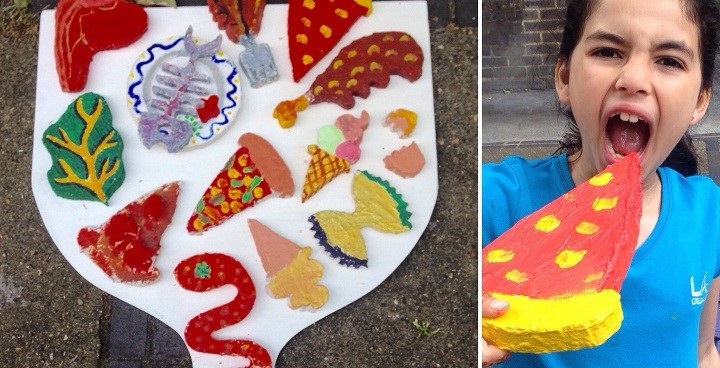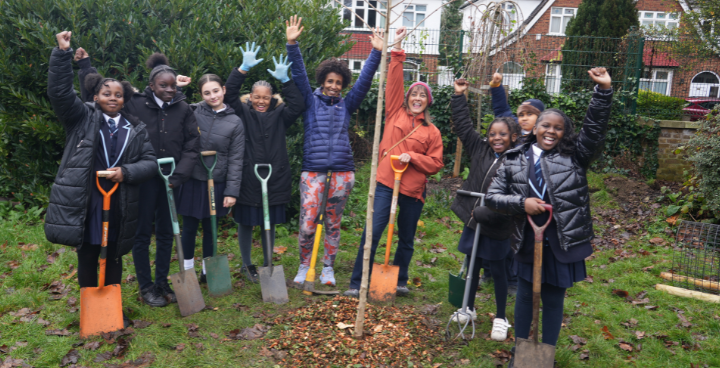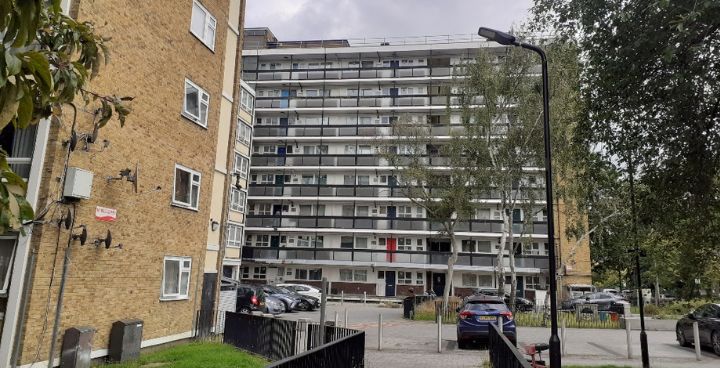
Caldwell Against Waste (CAW) residents group are pursuing improvements to recycling on the estate; food waste is only the beginning.
Viable option
CAW’s Georgina Schueller says: “This will be the first time since 2010 that food waste has been collected from Lambeth Council estates. We are determined to prove it’s viable. Turning food waste into compost is better than burning it.”
Personal quest
“After 3 years of trying, I thought I’d cracked it when my proposal – an opt-in scheme for food waste collection akin to that offered to street residents – was well received. With predicted cost implications, it was put on hold, however, Lambeth and Veolia have now agreed to a 2 month trial with a communal food waste bin for 2 blocks – Hector and Creon Court. With Lambeth Council recently declaring a climate emergency, this is a welcome turnaround.”
Take a photo
“If we manage to keep non-compostable materials out of our bin to prevent it being deemed “contaminated,” the scheme will be rolled out for the whole estate. I check the bin every day and send Veolia a photo of its contents once a week.”
Make a picture
Cat Rocca has been instrumental in helping to develop art projects to increase residents’ dialogue, participation and creativity. “We believe people take more notice of hand made things that look different from generic official signage. We devised a sign making project for the community to increase awareness of recycling and allow children to express themselves creatively.”
Environmental art
“Our signage uses discarded materials. One food waste recycling sign is a funnel shape, with food items cut out of polystyrene, coated in jesmonite, and painted with acrylic paint. Our small outdoor art events also provide an enjoyable space for dialogue.”
Leaflets and word of mouth
“Veolia supported us by funding art materials and printing resident designed posters and leaflets. They also launched the scheme by helping Cat and myself hand out free food waste caddies and information. We talked to as many people as possible, because I strongly believe this will be key to the project being successful. Leaflets are a cheap way to get information out, but face to face dialogue is more engaging.”
Awareness and action
“We think creativity brings people together; through art we hope to spread awareness of environmental issues and empower local people to take action. If the trial is a success – and so far, fingers crossed – CAW will be happy to coach other residents.”



